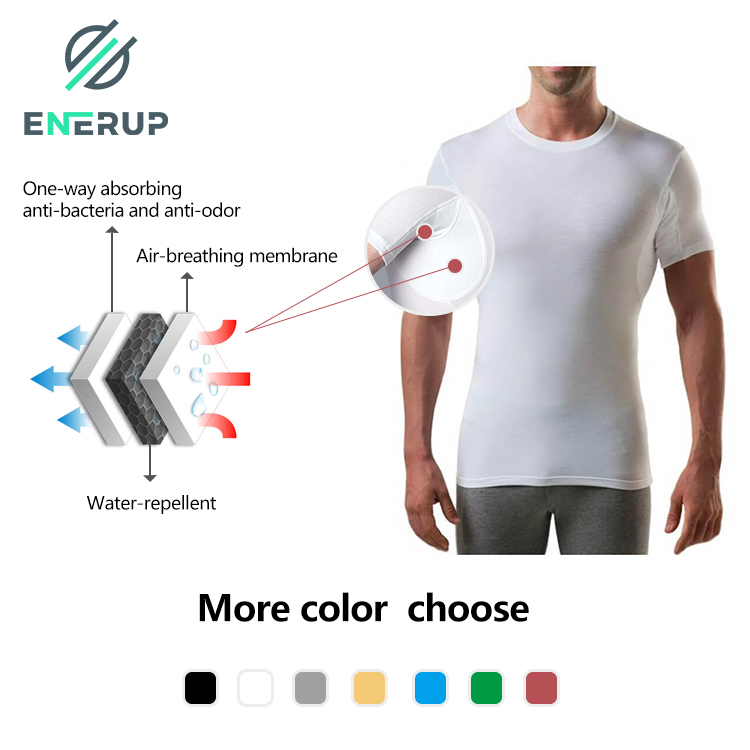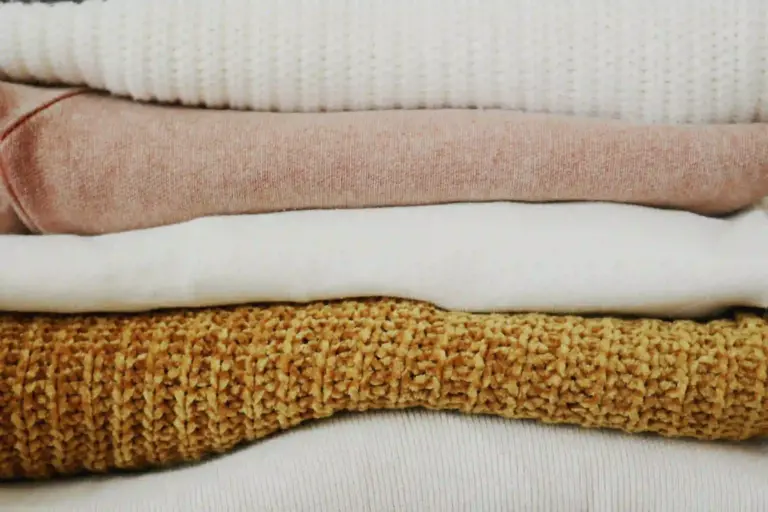Sports have become an integral part of people’s lives. Whether it’s the pursuit of health, exercise, or the glory of competition, sports play an important role. In our quest for excellence in athletic performance, we can’t afford to ignore one key factor: sportswear.
When we look at the performance of professional athletes on the field, the sportswear they wear is often carefully designed and chosen. This is not just to satisfy aesthetic needs, but also to enhance one of the key factors in sports performance. The right sportswear can make athletes feel comfortable, free, and provide the necessary protection and support to achieve optimal athletic performance.
Through an in-depth understanding of the relationship between sportswear and sports performance, we will be able to better choose the right sportswear for ourselves, improve our sports performance, and enjoy the health and fun that sports bring.
The impact of sportswear on athletic performance
Sportswear has a significant impact on athletic performance. Choosing the right sportswear for you is a crucial step in improving your athletic performance.
Provide comfort and protection: The right sportswear can provide comfort and reduce discomfort during exercise. Comfortable sportswear materials provide proper breathability and moisture wicking to keep the body dry and comfortable. In addition, the right sportswear can reduce friction and wear and tear, which can lead to skin irritation and distraction.
At the same time, sportswear provides the necessary protection against injuries and external environmental influences. For example, in high-risk sports, such as trail running or skiing, professional sportswear can provide windproof, waterproof and warm protection from inclement weather and the environment. In addition, soft protective gear and protective liners can also help to relieve impact and pressure, reducing the risk of injury.
Provide proper temperature regulation: The right sportswear can help maintain body temperature balance and provide proper temperature regulation. In high-intensity exercise, the human body generates a lot of heat, and proper sportswear can help dissipate heat and prevent overheating and heat stroke. In contrast, in low temperatures, sportswear should be kept warm to prevent excessive cooling.
In addition, proper sportswear can also help manage humidity. When exercising, we sweat easily. If sportswear doesn’t effectively wick away moisture, it can lead to discomfort and a clammy body. Therefore, the materials and design of sportswear should consider the moisture-wicking function to quickly expel sweat and keep it dry and comfortable.
Provide freedom and flexibility of movement: Sportswear should also be designed with a focus on freedom and flexibility when exercising. Proper sportswear should be stretchy and adaptable to ensure that the athlete is free to perform a variety of movements and techniques. For sports that require flexibility, such as gymnastics or yoga, comfortable, snug, and resilient materials can better match the body’s movement demands and improve performance.
The demand for sportswear for different sports
Different sports types have different needs for sportswear. Choosing the right sportswear for you can improve athletic performance and comfort, and reduce discomfort. Here are some common types of exercise and their corresponding sportswear needs:
Cycling
Cycling is a high-intensity cardio exercise that requires comfortable, lightweight, and breathable sportswear. The right cycling top should be moisture-wicking and able to quickly expel sweat to keep your body dry and comfortable. In addition, breathable materials can also help dissipate heat and prevent overheating and heat stroke. For cycling bottoms, pants that are lightweight, breathable, and stretchy are a good choice. In addition, some cycling apparel is equipped with reflective logos to increase the cyclist’s visibility at night or in low-light environments.
Yoga
Yoga is a gentle type of exercise that requires comfortable, soft sportswear. The right yoga garment should be breathable and stretchy to better match the body’s movements. For yoga tops, a short-sleeved t-shirt or sleeveless vest is a good choice. For bottoms, leggings or loose-fitting yoga pants will do. In addition, soft materials can also help improve comfort and flexibility.
Fitness
Fitness is a diverse type of exercise, and it is necessary to choose suitable sportswear according to different workout programs. For high-intensity workouts, tight-fitting, stretchy clothing is required to better match your body movements. In addition, breathable materials can also help dissipate heat and prevent overheating and heat stroke.
Outdoor sports
Outdoor sports such as mountaineering and hiking require professional sportswear to cope with different climates and environments. Some high-quality outdoor clothing is waterproof, windproof, and warm, making them suitable for use in inclement weather. In addition, some outdoor sportswear is equipped with multiple pockets and detailing to make it easy to carry gear and store items.
The choice of sportswear with individual needs
When choosing sportswear, individual body shape and stature, different climatic conditions, and athletic goals and needs are all factors to consider when choosing the right sportswear.
Individuals vary in body shape and size, so when choosing sportswear, consider the cut and adaptability of the garment. For people with different levels of weight and weight, choosing materials that are elastic and elastic can better adapt to different body shapes and provide more space to move. In addition, for people with obvious body curves, choosing a well-tailored outfit can highlight the advantages and improve self-confidence when exercising.
Different climatic conditions also require the selection of corresponding sportswear. In the hot summer months, clothing that is breathable and absorbs moisture and dries quickly can help dissipate heat and perspiration to keep the body dry and comfortable. For cold winter months, warm and windproof clothing is necessary to help maintain body temperature and prevent cold. In humid environments, choosing sportswear that is waterproof can keep your body dry. Therefore, it is important to choose the right sportswear according to factors such as temperature, humidity and wind in different climatic conditions.
In addition, an individual’s athletic goals and needs can also influence the choice of sportswear. For high-intensity exercise, such as long-distance running or physical resistance to intense exercise, choose clothing that absorbs moisture and stretches to improve comfort and flexibility. For outdoor sports, it is necessary to choose clothing with wind protection and warmth to provide better protection and safety.
Choosing the right sportswear is essential to improve athletic performance and comfort. When choosing sportswear, it is necessary to consider many factors to choose sportswear that can meet the individual’s sports needs and improve the sports experience and safety.












